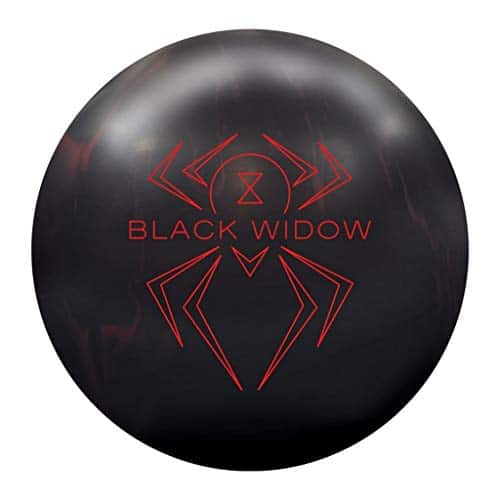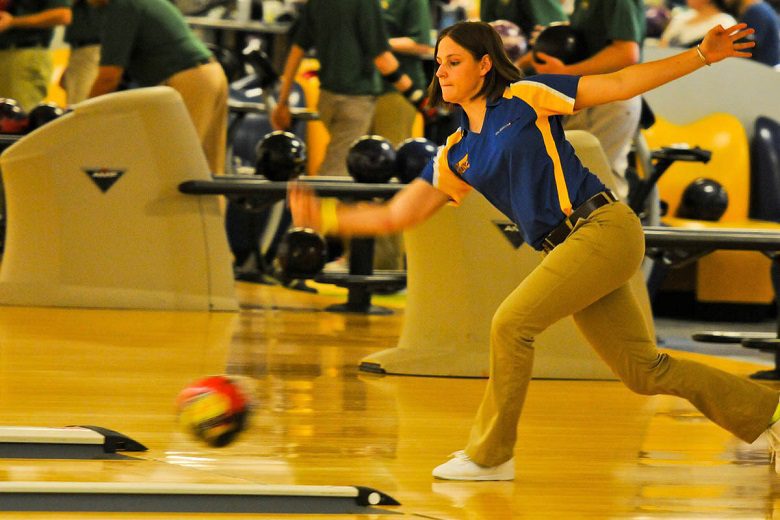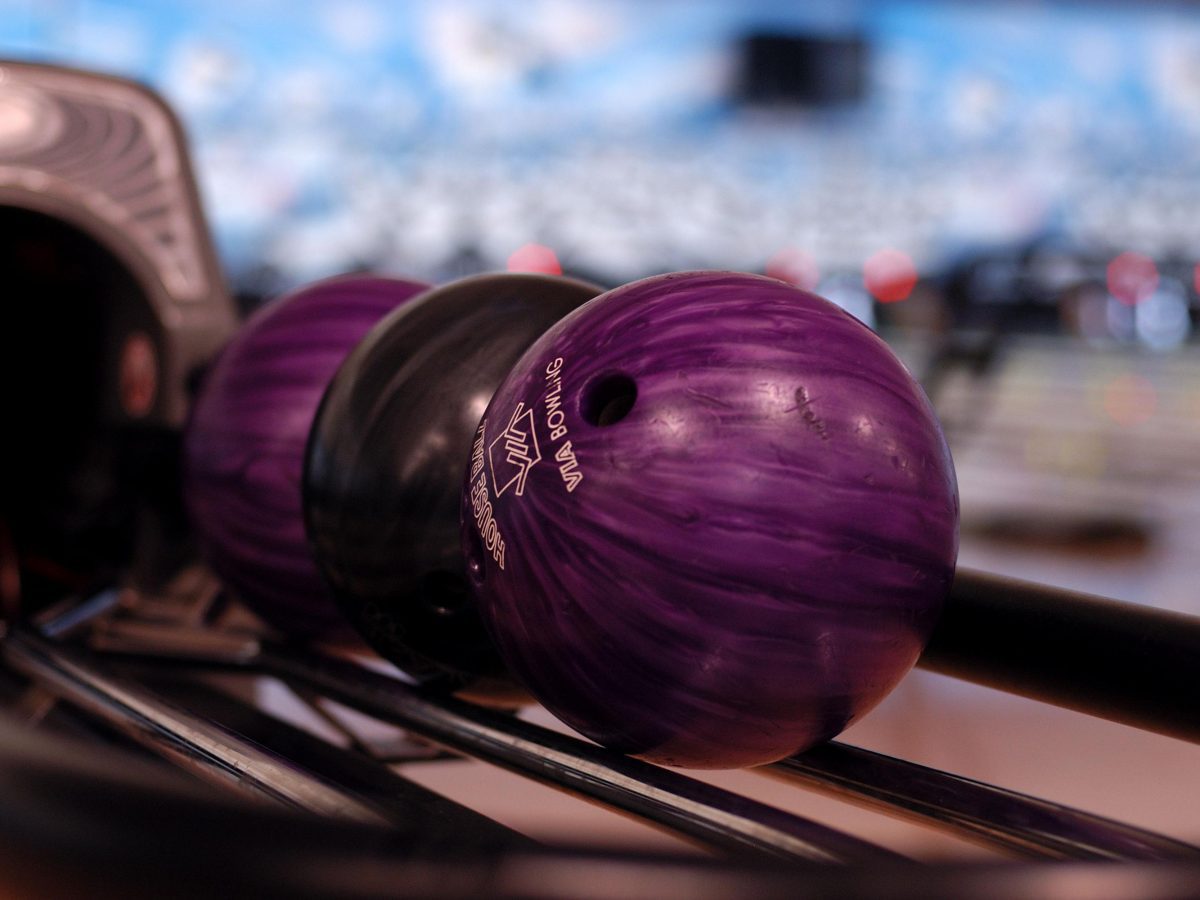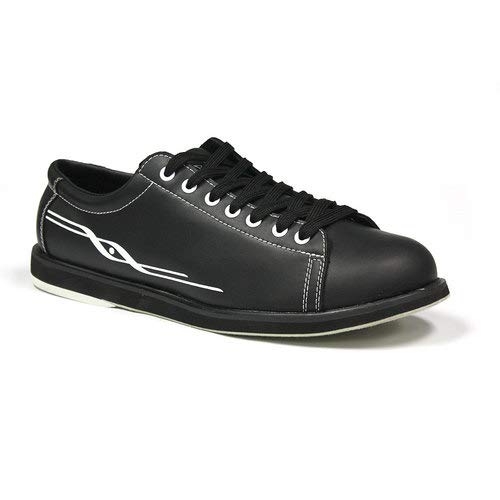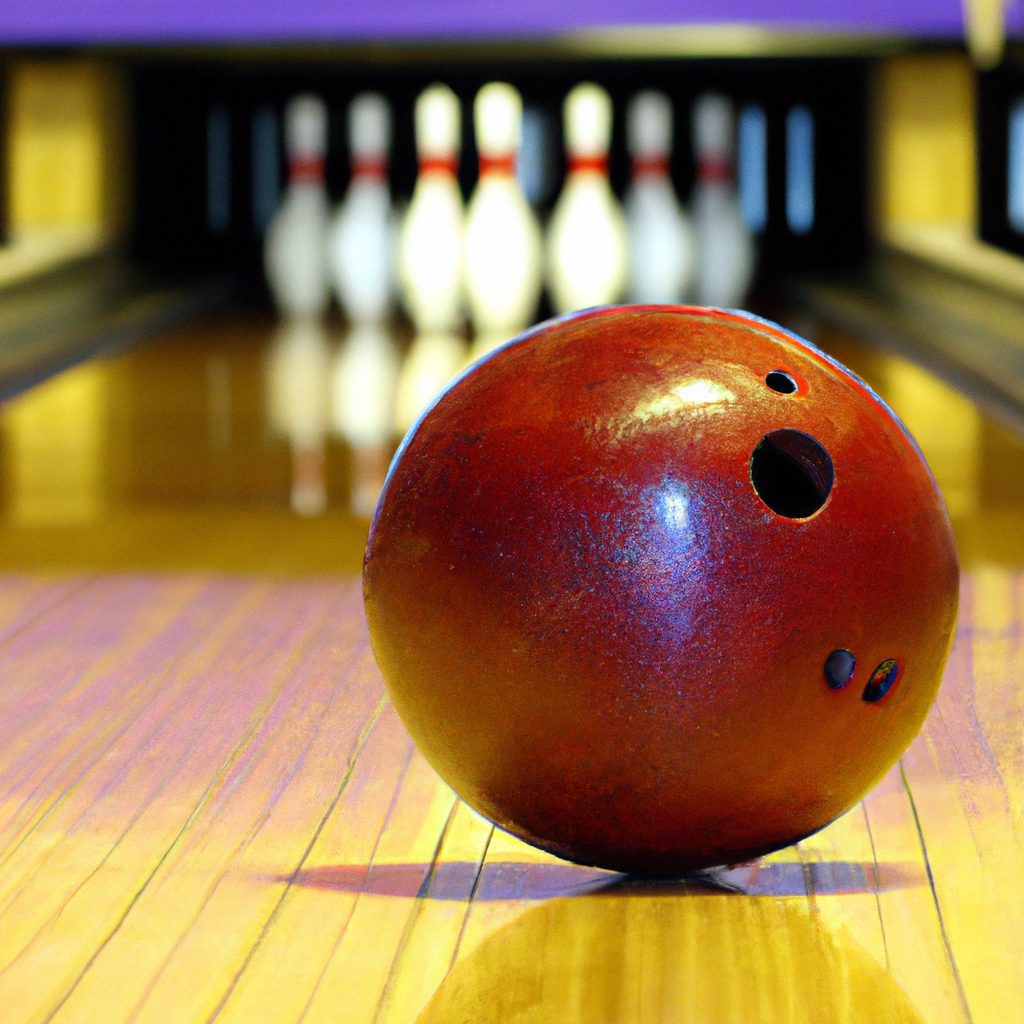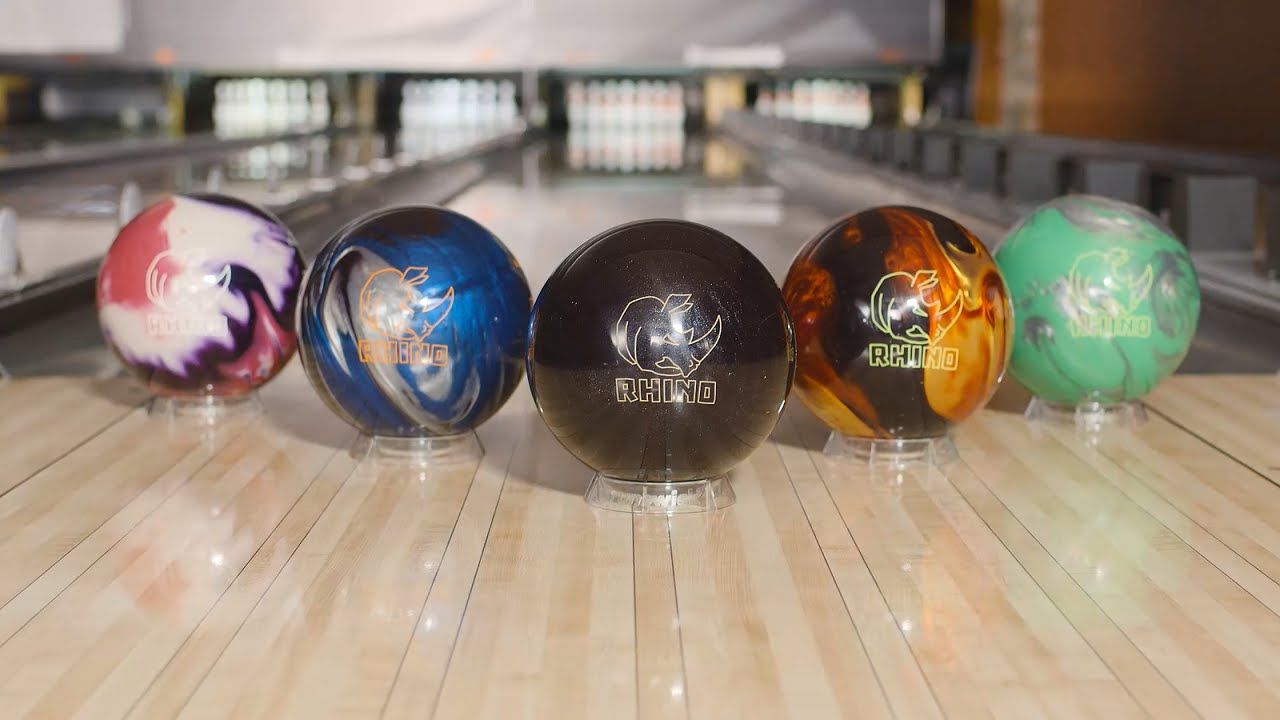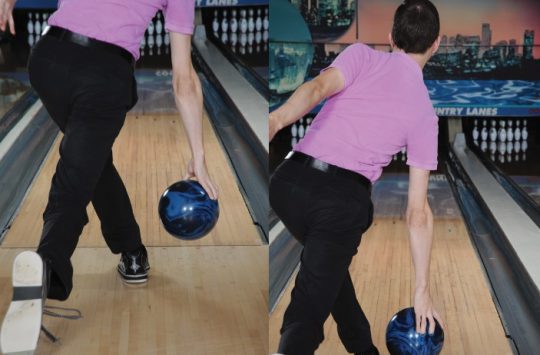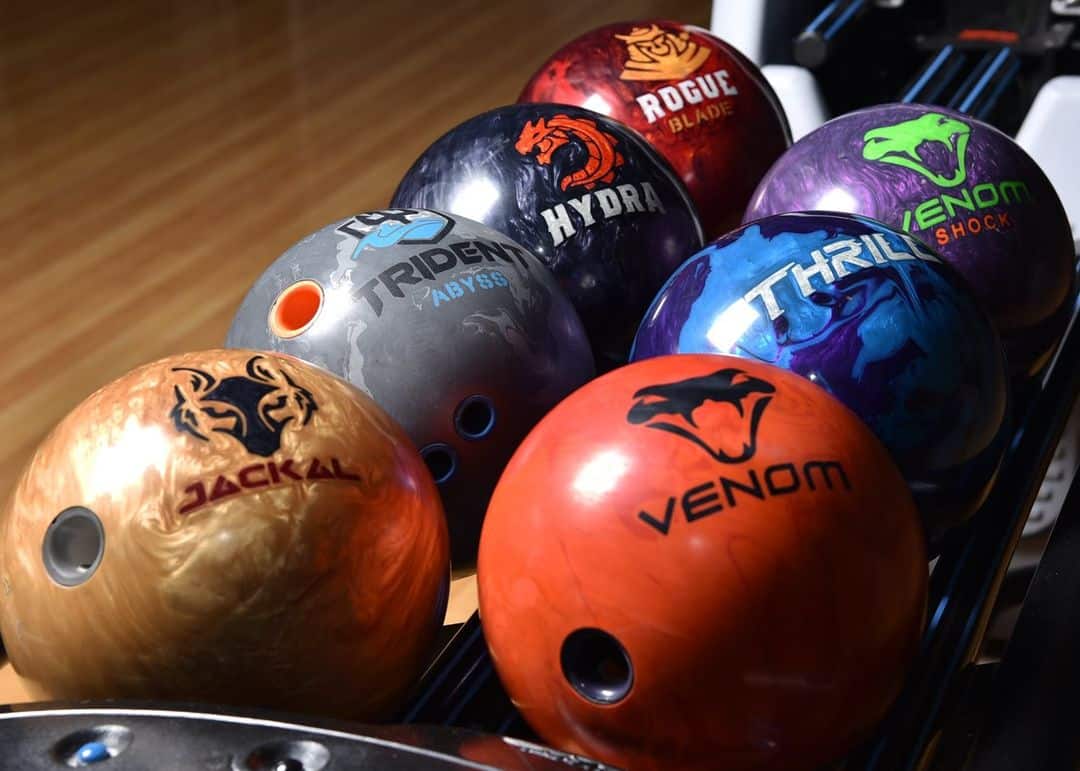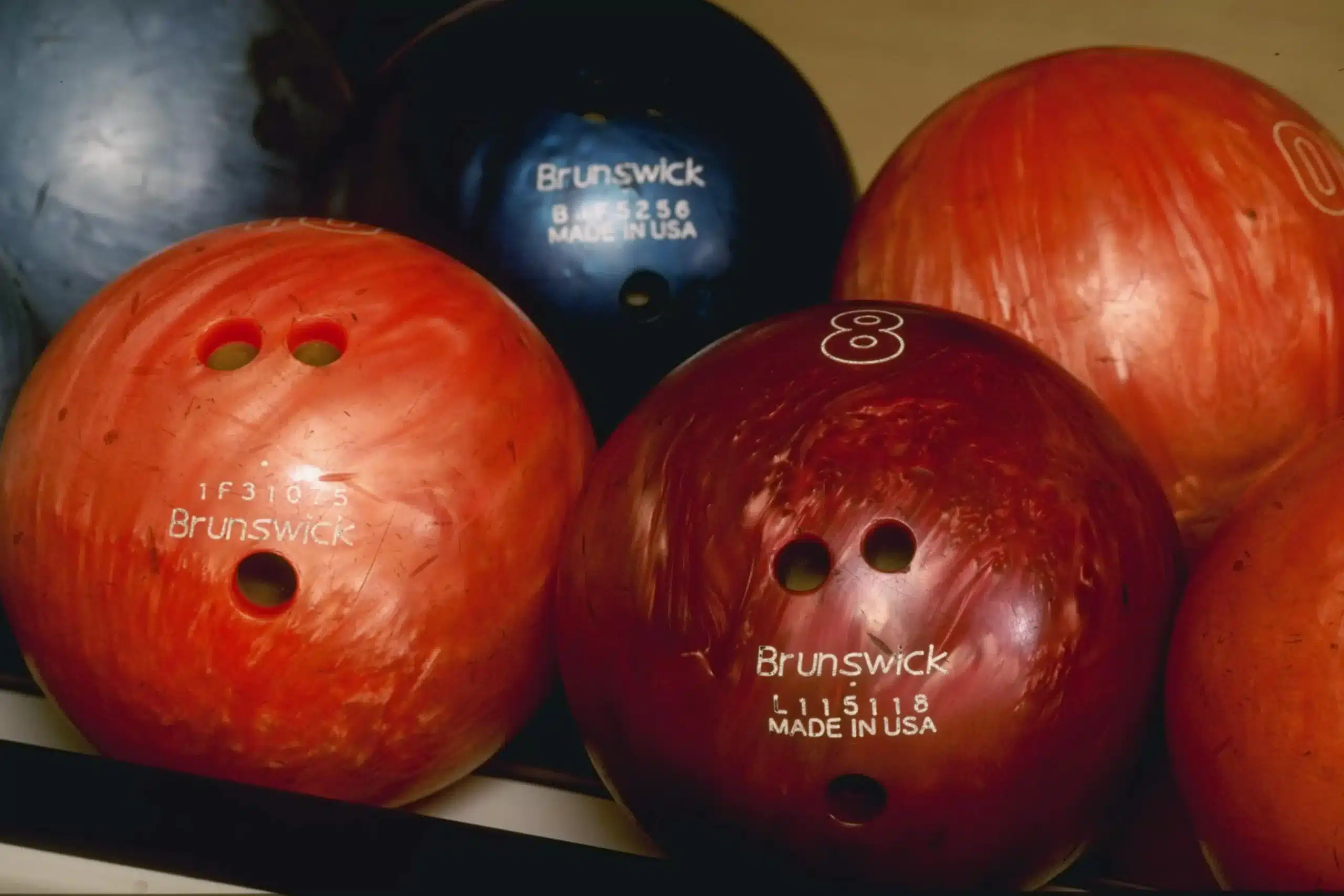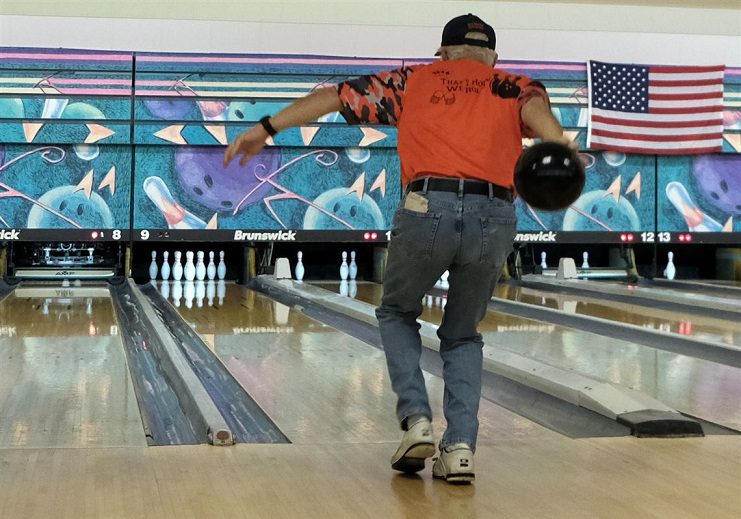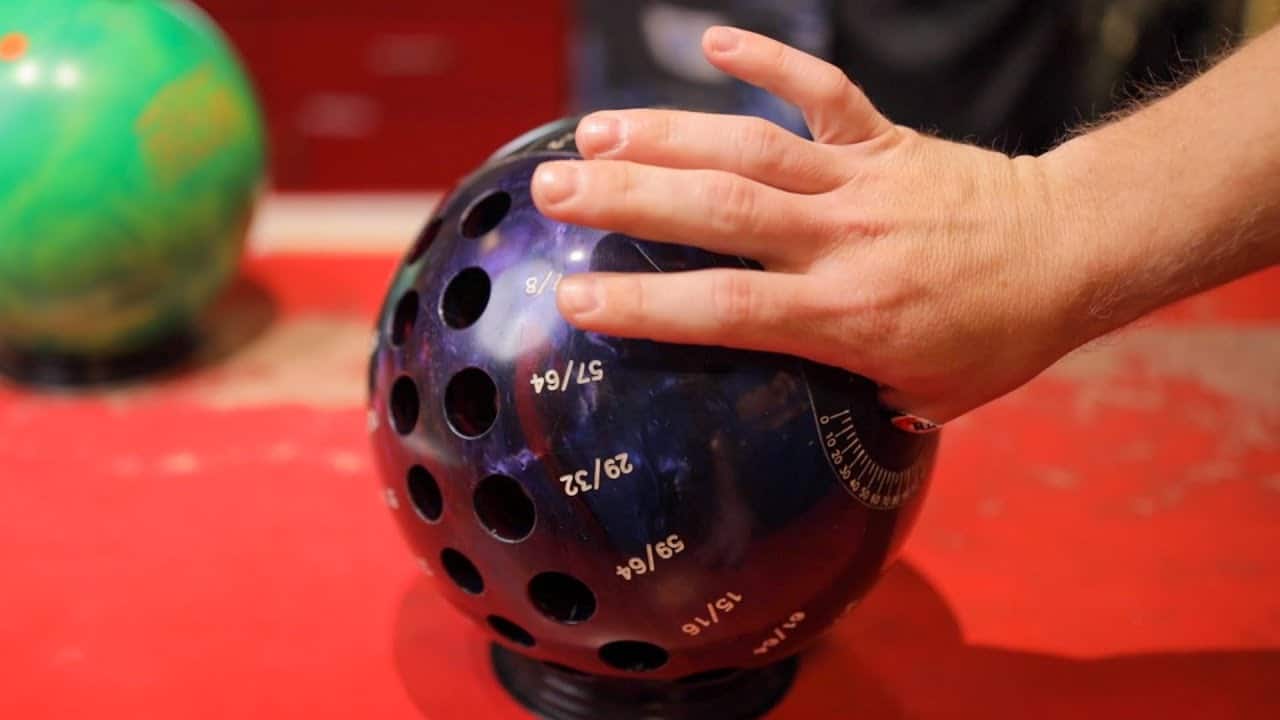Bowling enthusiasts are well aware of the various factors that contribute to the perfect game, from grip to technique. However, one aspect that often goes unnoticed is the core of the bowling ball. The core, hidden beneath the surface, plays a vital role in determining the ball’s performance on the lane. Its shape, density, and location all have a profound impact on how the ball behaves as it hurtles towards the pins. In this article, we will unravel the mysteries of the bowling ball core and explore how it directly influences the overall performance and success of a player’s game.
Review contents
Understanding the Core of a Bowling Ball
When it comes to understanding the performance of a bowling ball, the core plays a crucial role. The core is the innermost part of the ball, and its composition and design directly impact factors like hook potential, ball motion, and pin carry. Essentially, the core is what provides the ball with its power and stability as it travels down the lane.
Types of Bowling Ball Cores
There are two main types of bowling ball cores: symmetrical and asymmetrical. Each type has its own characteristics and affects the ball’s performance in unique ways.
Symmetrical Cores
Symmetrical cores are known for providing a consistent and predictable ball motion. These cores have a uniform distribution of mass around the center of the ball, creating a stable and smooth roll. They are often favored by bowlers who prefer a controlled and gradual hook motion. Symmetrical cores are a popular choice for entry-level bowlers or those who bowl on drier lane conditions.
Asymmetrical Cores
On the other hand, asymmetrical cores offer a more aggressive and angular ball motion. These cores have an unequal distribution of mass, resulting in a more dramatic change in direction down the lane. Asymmetrical cores are designed to create a greater flare potential, which enhances hook potential and overall ball performance. They are ideal for advanced bowlers who have the skill and technique to handle their dynamic motion.
Low RG Cores
RG, short for radius of gyration, refers to the distribution of mass within the core of a bowling ball. A low RG core means that more mass is concentrated in the center, resulting in a lower RG value. Low RG cores provide an early roll and strong hook potential. These balls are effective on heavier oil patterns where their increased traction allows them to grip the lane and create a smooth transition down the lane.
High RG Cores
On the other end of the spectrum, high RG cores have a greater distribution of mass towards the coverstock of the ball. This higher RG value produces a delayed roll and a lengthier skid phase. High RG cores are known for their ability to conserve energy, providing a strong backend reaction. They excel on drier lane conditions or when facing moderate oil patterns, where their increased length and backend motion can be advantageous.
Differential and Flare Potential
Differential, often measured in terms of “differential rating,” refers to the variation in RG values between the x and y axes of a bowling ball’s core. A high differential rating indicates a greater potential for flare, which is the amount of sideways rotation a bowling ball experiences as it travels down the lane. The combination of a high differential rating and a strong core design leads to increased hook potential and backend motion.
Coverstock and Core Interplay
It’s important to note that a bowling ball’s core alone doesn’t determine its performance; the interaction between the core and the coverstock is equally crucial. The coverstock, which is the outer shell of the bowling ball, influences the ball’s overall reaction on the lane. The core and coverstock work together to create a desired motion. Coverstocks can be tailored to complement a specific core design, which allows for a finer tuning of the ball’s performance based on lane conditions and bowler preferences.
The Impact of Core on Hook Potential
The core of a bowling ball has a significant impact on its hook potential. Hook potential refers to the degree to which a ball changes direction and hooks as it travels down the lane. A ball with a stronger core, whether it’s high RG or low RG, will generate more hook potential. A high differential rating in combination with an aggressive core design will result in even greater hook potential. Bowlers seeking a stronger reaction and increased hook potential will typically opt for bowling balls with cores that are designed to produce those qualities.
Bowler Preferences and Skill Level
Ultimately, the choice of bowling ball core depends on the individual bowler’s preferences and skill level. Beginners may find symmetrical cores more forgiving and easier to control, as they tend to produce a more predictable ball motion. Advanced bowlers, on the other hand, who have developed a refined technique and are familiar with lane conditions, may opt for asymmetrical cores for their greater hook potential and angular motion. It is important for bowlers to experiment and find the core design that best suits their style and desired performance on the lanes.
Conclusion
The core of a bowling ball is a critical factor in determining its overall performance. Whether symmetrical or asymmetrical, low RG or high RG, the core design plays a significant role in influencing the ball’s motion, hook potential, and overall reaction on the lane. Understanding the characteristics and interplay between the core and coverstock allows bowlers to make informed decisions and select the right bowling ball for their skill level and lane conditions. By considering their own preferences and experimenting with different core designs, bowlers can maximize their performance and enjoy a more satisfying bowling experience.




![Spare bowling ball Top 10 in 2024. (reviews) Top 10 Best Spare Bowling Balls [2021 Reviewed]](http://landofbowling.com/wp-content/uploads/2021/07/Top-10-Best-Spare-Bowling-Balls-2021-Reviewed.jpg)






